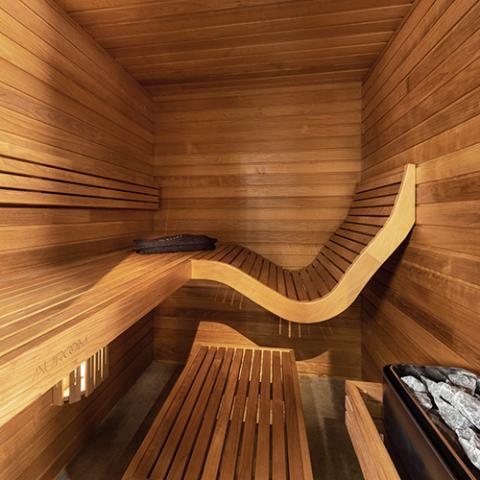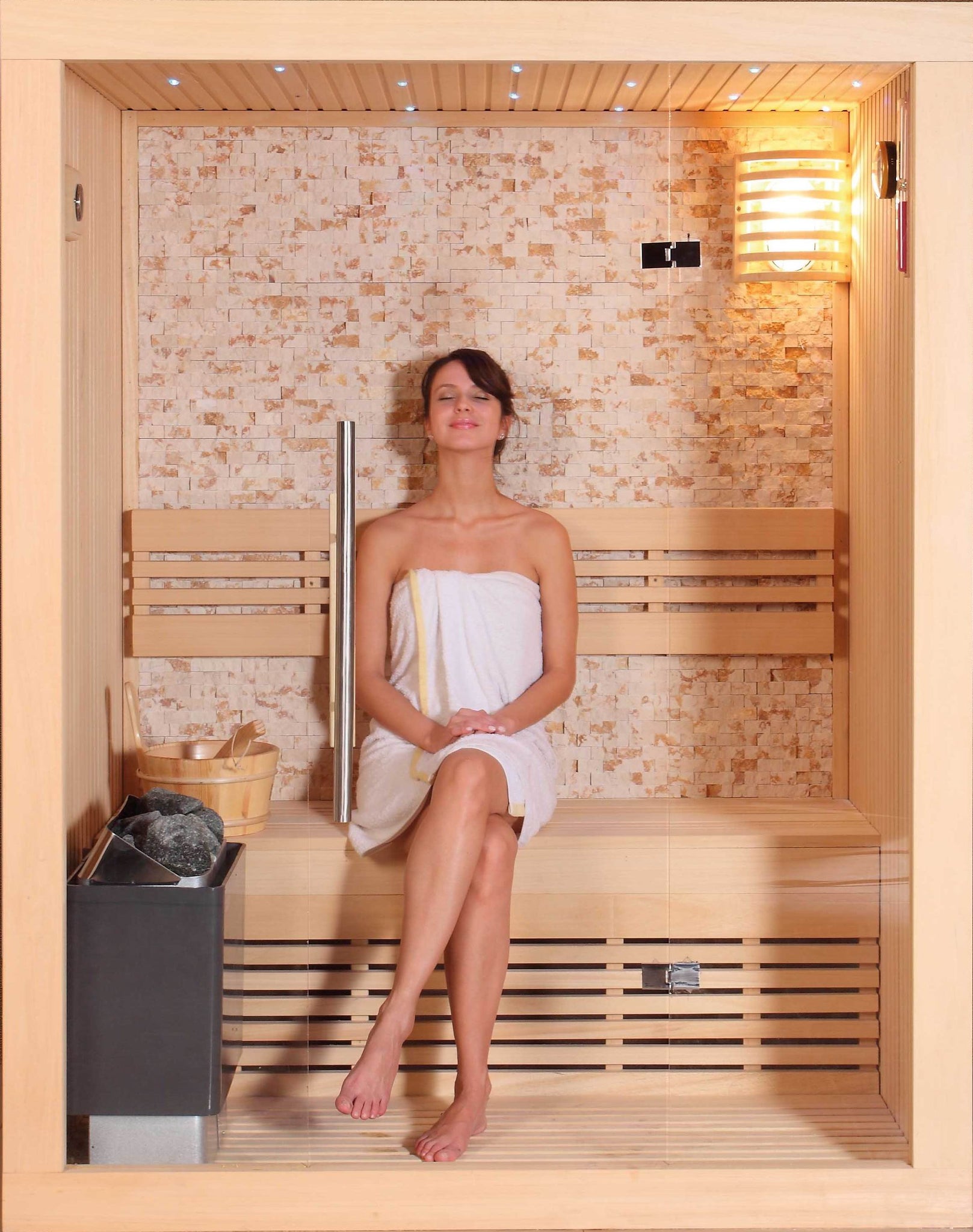Little Known Facts About Traditional Sauna.
The Greatest Guide To Traditional Sauna
Table of ContentsOur Traditional Sauna PDFsEverything about Traditional SaunaThe 10-Minute Rule for Traditional SaunaThe 5-Second Trick For Traditional Sauna
A lot of the weight lost in a sauna is water loss and is re-gained upon rehydrating. However, without a question sauna can be an integral part of a healthy and balanced weight management program. To look at the differences between traditional and IR saunas, I will certainly divide these right into proven, theoretical, and fabricated differences.Therefore, the best factor in the saunawhich is at the ceiling directly above the sauna heateris typically in between 185 and 190 F. Traditional Sauna. Claims that a conventional sauna exceeds 200 F is merely not real and not suitable for electrical saunas offered in the US. The temperature level for a far-infrared sauna is normally established between 120 and 140 F; however, unlike the typical sauna, the goal in and IR room is not to attain a heat
As a result of this, the temperature level distinction is nearly unimportant, since extreme sweating leads to both sauna types, yet the technique of heating the body is various. In an IR sauna the bather will really feel hot and will certainly sweat profusely, but at a lot lower temperature levels. Thus, if the goal is to invest longer periods of time in the sauna, the IR sauna is a good selection.

Some Known Details About Traditional Sauna
When the high temperature level is achieved, the elements cycle on and off to keep the high temperature level. Most traditional sauna users appreciate putting water over the rocks to develop vapor to elevate sauna humidity levels. The benefits of pouring water over the rocks include: making the space more comfortable, dampening the nasal flows, and permitting the usage of aromatherapy by mixing important oils with the water.
In a far-infrared sauna, the warm front permeate the body to successfully heat up the body and increase the body core temperature. To achieve this raised temperature level, Far-infrared emitters develop infrared power which is close to the exact same wavelength as that which the body naturally emitsoften referred to as the "Important Variety" of 7 to 14 microns), so the energy is well received by the body.
When the energy gets in the body, it creates the body temperature to raise and eventually results in perspiration. In an infrared sauna it's important for the emitters/heaters to continue to be on virtually frequently. Since there is no mass of rocks to keep heat, the sauna will cool down if the emitters shut down.
As stated above, the sauna see this bather in an infrared room wishes to place himself before operating emitters to obtain optimal gain from the heat. The heating time for the two areas can be extremely various, relying on how the areas are utilized. For a standard sauna, a bather must permit 30-40 mins for the room to attain a preferred temperature level and to effectively pre-heat the rocks.
The Single Strategy To Use For Traditional Sauna
A well constructed straight from the source sauna will normally attain a temperature level of 150-160 F in regarding 30-40 mins. For hotter temperature levels, the area might need to warmth for a longer duration.
To some, 15 minutes was "thrown away" while the infrared power heated up the wood panels as opposed to warming a body, while others discover a pre-heated area to be extra comfortable and believe an elevated starting temperature is needed to begin sweating. The size of recommended usage for each room is about the exact same (10-15 minutes per session); nevertheless, because of the lower air temperatures and the ability to feel the effects of infrared heat quicker than a conventional sauna, it is not uncommon for a person to spend a total amount of 20-30 mins in an infrared sauna.
Traditional saunas have a tendency to be larger (thus make use of more power) than infrared saunas, although conventional saunas are certainly offered in one and 2 individual sizes also. For a two-person typical sauna, 5x6 or 5x7 dimension is most popular. The leading bench can comfortably seat 2 or 3 individuals and is also long sufficient to relax during the sauna session.


The average cost per kWH of electrical energy in the U.S. is roughly $0.11, so a 4.5 kW heater will certainly set you back about $.50 to run for one hour, if the heating system runs continually for one hour. Commonly a sauna heater will certainly run for 75% of the very first hour and 50% of subsequent hours on given that the elements cycle once the set temperature is attained.
Excitement About Traditional Sauna
A 2 individual far-infrared area is generally literally smaller sized than a conventional sauna, commonly concerning 4' x 4' or smaller sized. The IR heater is normally 1.5-1.7 kW using a 120 volt 15 amp plug-in service. Given that the area can be made use of try this website earlier than a sauna space, we will certainly think the space is utilized for to of an hour consisting of warmth up time.
There is a hardly ever gone over difference in the social experience in between the 2 spaces. While our culture has actually lost some of the social benefit of the standard sauna experience, it can be very socially fulfilling. From family time in the sauna, to heart-felt conversations with better halves, to sauna partiesthe conventional sauna experience can cause intimate socializing.
A lot of greater end infrared areas include tinted light therapy, noise systems and full-glass fronts.